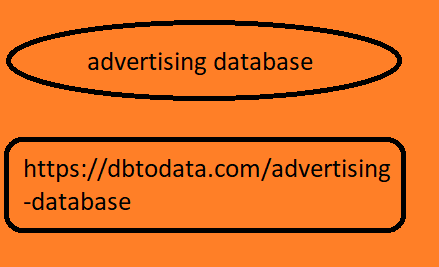Thomas Fagot is the CEO of Mobsuccess, a specialist in mobile advertising and multi-local marketing
Summary
Why does campaign performance depend on quality media inventories?
In the advertising world, advertisers have often had to choose between quality media inventories, intended to address “branding” issues, and lower quality inventories, dedicated to “performance”.
Branding or Performance?
A difference in treatment which has also long been reflected in different economic models, with “CPM” (cost per 1000 impressions) for premium inventories, and CPC (Cost per Click) or even CPA (Cost per action), in environments dedicated to “performance”.
In recent years, a new segment of digital marketing has emerged: drive to store (or multi-local marketing), with advertising campaigns dedicated to generating traffic at the point of sale. With such an objective, many advertisers might believe that this is a “performance” format, and that inventory quality matters little. But that would be a mistake.
Context is King
According to the results of a study conducted by IAS in the first half of 2021, associating informative ads with the content of an article creates a very strong memory response, with a 36% increase in detail recall compared to no match. This can be particularly relevant for campaigns that focus on a clear call to action such as a point-of-sale visit.
Additionally, ads that fit into a coherent editorial context lead to a 23% increase in activation of the part of the brain responsible for pragmatic memory, which includes key messages, calls to action, and branding elements.
These ads also stimulate overall memory by 27%, i.e. the ability to memorize generic themes, overall stories advertising database or audio and visual elements. Context is therefore a key element for the success of advertising campaigns, particularly for drive-to-store issues.
Visible inventories Beyond the context of inventories
The other key issue is that of the real visibility of advertisements. According to studies regularly how to win more seo and digital marketing business with pre-sales audits carried out by IAS, the visibility rate of banners is around 65% on the web. But the rise of mobile, with its smaller screens and longer loading times, has led to a drop in this rate, estimated at 58% on the mobile web.
However, the mobile web only represents 10% of the time spent on a smartphone, and until recently, it was difficult to measure the in-app visibility rate, environments which nevertheless represent 90% of the time spent on these screens.
But since the advent of Open Measurement
SDKs (a set of tools designed to facilitate the visibility and verification of ads in mobile application ge lists environments), it is finally possible to know the visibility rate within applications. And according to IAS, it reaches on average 66%, and even 69% for the inventories operated by Mobsuccess, which is not only higher than the mobile web, but also the desktop web.

